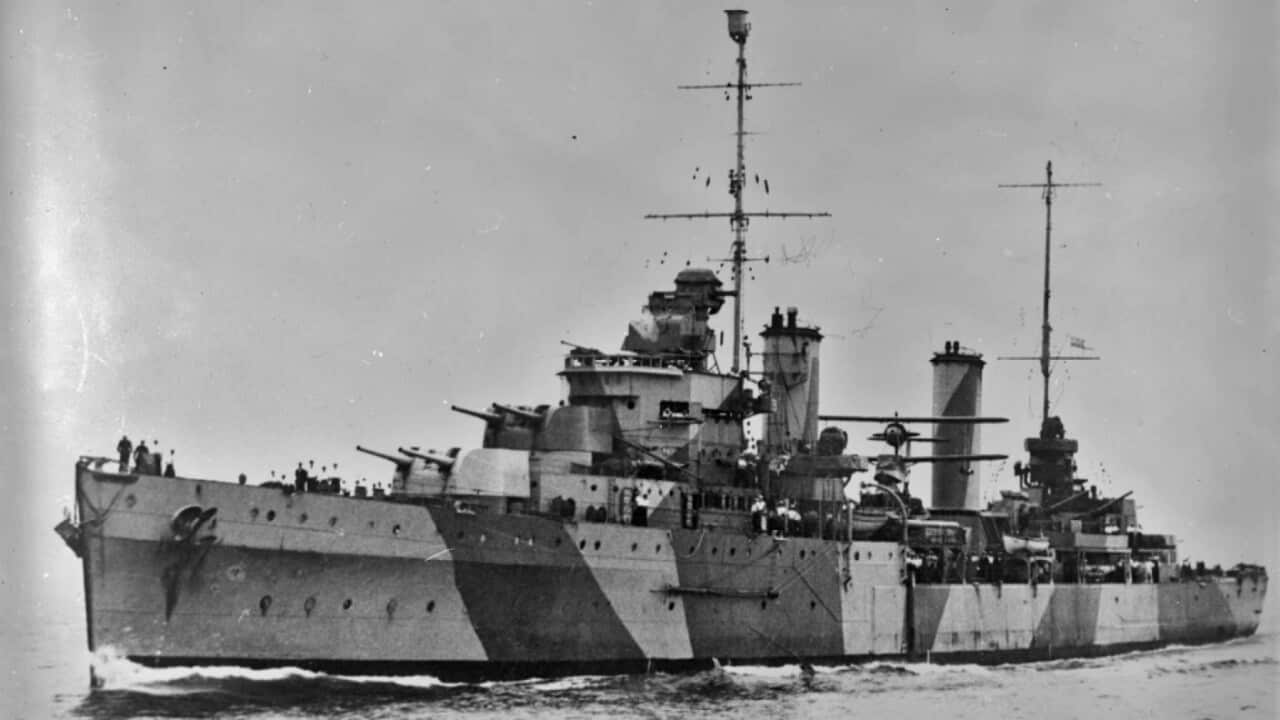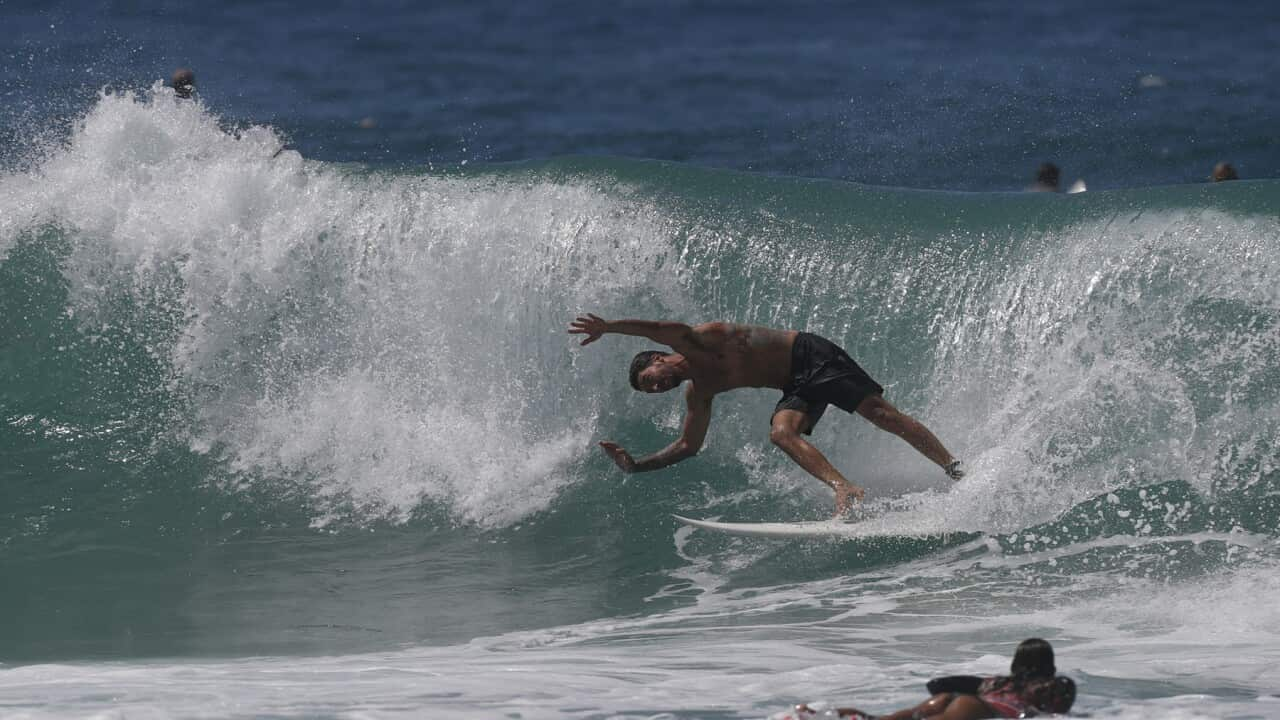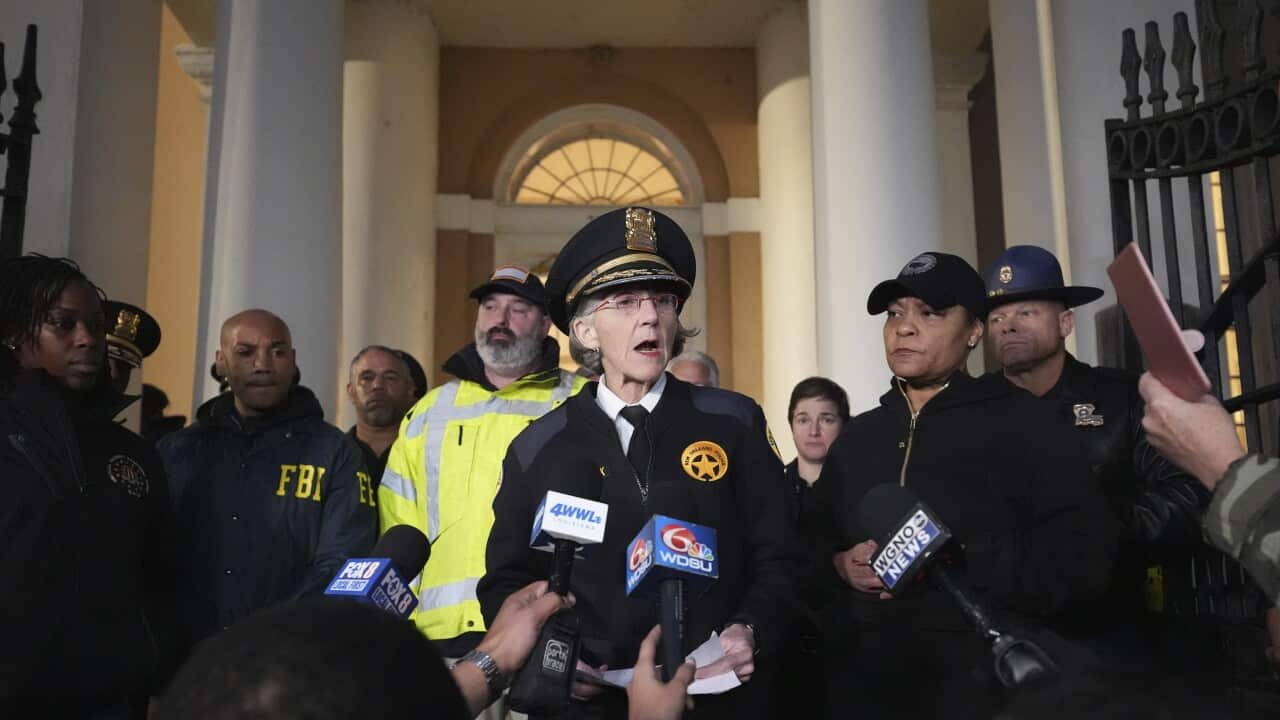Italian
L’identità di un corpo riaffiorato da una nave da guerra australiana della seconda guerra mondiale è stata un mistero – fino ad ora.
80 anni dopo l’affondamento della nave, è stato assegnato un nome all’uomo che da tempo era conosciuto come il “marinaio ignoto”.
L’uomo di mare perduto è il 21enne Thomas Welsby Clarke ed era uno dei 645 uomini a bordo della H-M-A-S Sydney.
È stata tenuta una funzione commemorativa in suo onore, condotta dal capo della marina, il vice ammiraglio Michael Noonan.
"Today we pay our respects to Thomas Welsby Clark and after 80 years we return him the dignity of his name, we remember his service and those who served beside him. Lest we forget."
La dottoressa Leigh Lehane è l’ultima parente ancora in vita che lo avesse conosciuto di persona.
Ha dichiarato di essere felicissima della notizia.
"He came and held me as a little baby so that's a very pleasurable thought because I don't think anyone else is alive now who knew Tom, sort of, eye-to-eye."
Ma come è stato risolto questo mistero?
80 anni fa durante la seconda guerra mondiale, Thomas era a bordo dell’H-M-A-S Sydney quando ebbe un incontro fatale con una nave tedesca in incognito.
Il vice ammiraglio Noonan racconta cosa successe quel giorno.
"In the fight that followed both ships were mortally damaged. Sydney sank with the loss of 165 of her ship's company. When Sydney failed to return, a search found only an inflated RAN life jacket and a single empty life raft known as a carly float."
Tra quei resti c’era il corpo dell’uomo che divenne il marinaio ignoto.
Il ministro degli affari dei veterani e il personale della difesa Andrew Gee racconta che ci volle del tempo prima che si scoprisse il corpo.
"Tom tragically died at sea and his body was found at Christmas Island some three months later. And it's testament to modern science and technology that we have been able to identify Tom after all of these decades and I think it says a lot about our nation that even after 80 years, we are still working so hard to identify and honour our servicemen and women."
Il ricercatore della Royal Australian Navy Greg Swinden ha detto che è stata una scoperta del DNA a condurli alla risposta.
I ricercatori hanno rivelato che Thomas Welsby Clark era nato a Brisbane nel 1920 e che era stato in servizio nella H-M-A-S Sydney per due mesi prima di morire.
La sua parente Leigh Lehane racconta che il modo in cui è morto rimarrà per sempre impresso nella sua mente.
"I'll never erase the memory I have of him in that lifeboat at the scene of the battle still, and then drifting for almost three months, exposed, the body of course, to the elements and the seabirds. So, a bit distressing really. The truth is the main thing. And, I'm so grateful for the many, many people, well over a hundred, who helped ascertain the truth."
Un tributo permanente al suo sacrificio è stato costruito all’Australian War Memorial.
Senza nome per 80 anni, ora il nome di Thomas Welsby Clark rimarrà per sempre parte della storia.
English
The identity of a washed-up body from an Australian World War two warship has remained a mystery - until now.
Eighty years after the ship was sunk, a name is being returned to the man long referred to as the 'unknown sailor'.
The lost seafarer is 21-year-old Thomas Welsby Clarke, and was one of 645 men aboard H-M-A-S Sydney.
A service has been held in his honour, led by Chief of Navy Vice Admiral Michael Noonan.
"Today we pay our respects to Thomas Welsby Clark and after 80 years we return him the dignity of his name, we remember his service and those who served beside him. Lest we forget."
Dr Leigh Lehane is the only remaining relative who knew him face-to-face.
She says she's overjoyed by the news.
"He came and held me as a little baby so that's a very pleasurable thought because I don't think anyone else is alive now who knew Tom, sort of, eye-to-eye."
But how was this mystery solved?
Eighty years ago, in World War Two, Thomas was on board H-M-A-S Sydney when it had a fateful engagement with a disguised German warship.
Vice Admiral Noonan recounts what happened that day.
"In the fight that followed both ships were mortally damaged. Sydney sank with the loss of 165 of her ship's company. When Sydney failed to return, a search found only an inflated RAN life jacket and a single empty life raft known as a carly float."
Among those remnants was the body of the man who came to be the unknown sailor.
Minister for Veterans Affairs Defence Personnel Andrew Gee says it was some time before the body was discovered.
"Tom tragically died at sea and his body was found at Christmas Island some three months later. And it's testament to modern science and technology that we have been able to identify Tom after all of these decades and I think it says a lot about our nation that even after 80 years, we are still working so hard to identify and honour our servicemen and women."
The Royal Australian Navy's researcher Greg Swinden says it was a D-N-A breakthrough that led them to the answer.
Researchers says Thomas Welsby Clark was born in Brisbane in 1920 and had served on H-M-A-S Sydney for two months before he died.
Relative Dr Leigh Lehane says the way he died will be forever etched into her mind.
"I'll never erase the memory I have of him in that lifeboat at the scene of the battle still, and then drifting for almost three months, exposed, the body of course, to the elements and the seabirds. So, a bit distressing really. The truth is the main thing. And, I'm so grateful for the many, many people, well over a hundred, who helped ascertain the truth."
A permanent tribute to his sacrifice has been built at the Australian War Memorial.
For 80 years unnamed, now Thomas Welsby Clark's name will be forever be part of history.
Report by Hannah Kwon and Massilia Aili




